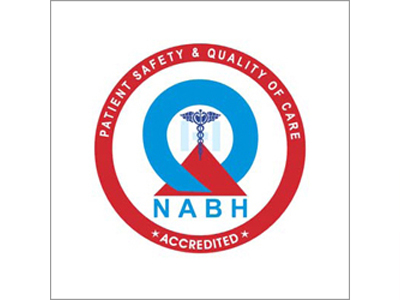In a recent study by a pan-Asian team of scientists, Drs. Swathi Kaliki, Vijitha S. Vempuluru, and Ashik Mohammed of LVPEI have described the clinical presentation and treatment outcomes of retinoblastoma in 2112 children from 33 Asian countries.
Retinoblastoma is a rare cancer of the eye that affects children, often two years old or younger. It is the most common type of eye cancer, and the most common cause of death from eye cancer in the world. Diagnosing the condition early and receiving immediate treatment is critical for survival and, in some cases, even saving the vision. In fact, high-income countries achieve a near-100% survival rate because they catch them early. In contrast, the survival rate in low- and middle-income countries can be 50% or lower. Many factors, including the age at onset, size of the tumor and its extraocular spread, when patients are presented at a hospital, family history, and the available treatment options, can determine the fate of a young child with retinoblastoma.
The Global Retinoblastoma Study Group, a 450-member group of global experts on retinoblastoma, is looking to understand the multifactorial presentation and treatment outcomes of this condition. Early research by this group continues to highlight the stark dichotomy in outcomes between rich and poor countries worldwide. In fact, some factors, like the sex, become significant in regions with low income. As retinoblastoma is found around the world, geographies with more populations have a higher preponderance of retinoblastoma. Asia is the most populated continent in the world, with nearly 40 low- and middle-income countries. Naturally, Asia accounts for 52% of global retinoblastoma cases. What is the nature of retinoblastoma presentation and outcomes in various Asian regions?
In a new multi-national prospective study published in the journal Ophthalmology, Drs. Swathi Kaliki, Vijitha S. Vempuluru, and Ashik Mohammed of LVPEI, along with a pan-Asian team of researchers, describe the clinical presentation and treatment outcomes of retinoblastoma throughout Asia (divided into 5 regions: Central Asia, East Asia, South Asia, Southeast Asia, and West Asia) in one year (2017). This study is an Asia-focused sub-analysis of the Global Retinoblastoma Presentation and Outcome studies. It includes 2,112 children (2,797 eyes) who visited 96 retinoblastoma treatment centers in 33 Asian countries. South Asia (Bangladesh, India, Iran, Nepal, Pakistan, and Sri Lanka) accounted for nearly half (48%) of the patient cohort. The mean age of clinical presentation was 24 months, but South Asian children presented at an older age (30 months) compared to other regions.
Only 43% of the South Asian clinics had both MRI and CT-scan facilities, compared to 93% of the East Asian clinics. As a consequence, most East Asian patients (60%) were diagnosed in the early stages of the cancer, while 55% of South Asian children were diagnosed in the later stages. This resulted in poorer outcomes, like South Asian patients having a fourfold higher mortality (13%) versus East Asians (3%). Central Asian clinics noted the longest mean gap between the onset of symptoms and presentation (15 months; South Asia: 3 months). The mean distance to a clinic in all of Asia was over 400 km, which increased the chances of a late presentation. The study highlights the need to promote early detection of retinoblastoma and provide access to appropriate diagnostic and treatment resources to improve patient outcomes across the continent.
‘The worst prognosis for retinoblastoma is based on where a child is born. That needs to change,’ remarks Dr. Swathi Kaliki, head of the Operation Eyesight Universal Institute for Eye Cancer at LVPEI and the corresponding author of the paper. ‘The child’s risk of mortality should be based on the stage of retinoblastoma, not because they were born into a poor region like South or Southeast Asia and lacked access to proper treatment.’
Citation
Kaliki S, Vempuluru VS, Mohamed A, Al-Jadiry MF, Bowman R, Chawla B, Hamid SA, Ji X, Kapelushnik N, Kebudi R, Sthapit PR, Rojanaporn D, Sitorus RS, Yousef YA, Fabian ID; Global Retinoblastoma Study Group. Retinoblastoma in Asia: Clinical Presentation and Treatment Outcomes in 2112 Patients from 33 Countries. Ophthalmology. 2023 Oct 13:S0161-6420(23)00757-1
Photo credit: LVPEI



